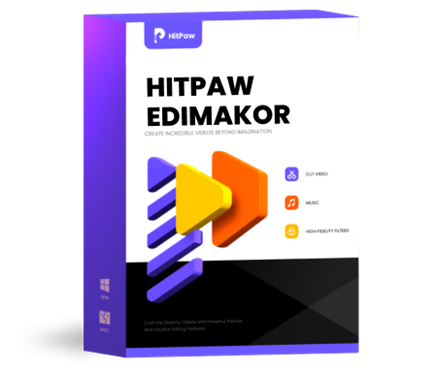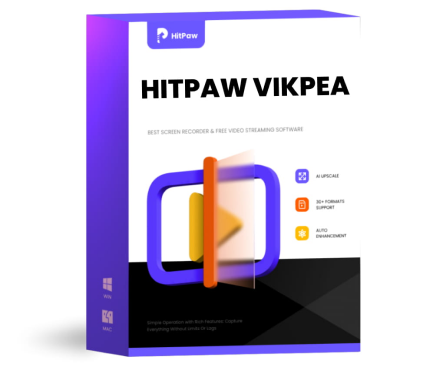How to Convert MPD to MP4 in 2025
In the ever-evolving world of video formats, choosing the right one can be a daunting task. Two prominent contenders are MPD (MPEG-DASH Packing List) and MP4. While both deliver video content, they cater to distinct purposes. Understanding their strengths and weaknesses is crucial for selecting the format that best suits your video project.
This comprehensive guide delves into the world of MPD vs. MP4, comparing their file sizes, compatibility, encoding methods, and sound quality. We'll also explore how to convert MPD to MP4 for wider device and software compatibility.
Part 1: What is MPD and MP4?
Let's begin by understanding the fundamental differences between MPD and MP4:
MPD (MPEG-DASH Packing List):
MPD stands for MPEG-DASH Packing List. It's not a video format itself; rather, it's a manifest file. This file acts as a roadmap, detailing various video and audio streams encoded at different bitrates and resolutions within a single package. Media players use this information to adaptively choose the most suitable stream based on available bandwidth, ensuring smooth playback even on slower connections.
Pros of MPD:
- Adaptive Bitrate Streaming: Delivers a seamless viewing experience with varying internet speeds.
- Reduced Buffering: Optimizes playback by dynamically adjusting video quality.
- Scalability: Caters to a wider audience with diverse device capabilities.
Cons of MPD:
- Limited Compatibility: Requires specialized media players that support MPEG-DASH.
- Complexity: Creating and managing MPD files can be more technical.
MP4 (MPEG-4 Part 14):
Pros of MP4:
- Universal Compatibility: Almost all media players and devices can play MP4 files.
- Simplicity: Easy to create and manage MP4 files with readily available tools.
- Wide Codec Support: Offers compatibility with various video and audio codecs.
Cons of MP4:
- Fixed Bitrate: Playback quality can suffer on slower connections with fixed bitrate encoding.
- Limited Adaptability: Doesn't adjust dynamically to bandwidth fluctuations.
Part 2: MPD vs. MP4: A Fundamental Difference in Compression
While both formats deliver video content, their approaches to compression differ significantly. This distinction has a bearing on file size, compatibility, and overall user experience.
1. MPD vs. MP4: File Size
MPD files themselves are relatively small, as they primarily contain references to other video streams. However, the combined size of all the individual video streams referenced in the MPD can be larger than a single MP4 file encoded at a similar overall quality.
2. MPD vs. MP4: Compatibility
MP4 reigns supreme in terms of compatibility. Virtually all media players and devices can play MP4 files without any additional software. In contrast, MPD files require media players that support MPEG-DASH playback, limiting the playback options.
3. MPD vs. MP4: Encoding Method
MPD utilizes a segmented approach. The video content is split into smaller segments encoded at various bitrates and resolutions. This allows for adaptive bitrate streaming, where the player dynamically selects the optimal stream based on available bandwidth.
MP4, on the other hand, employs a fixed bitrate encoding method. The entire video content is encoded at a single bitrate, often leading to buffering issues on slower internet connections.
4. MPD vs. MP4: Sound Quality
Both MPD and MP4 support a wide range of audio codecs, allowing for high-quality sound. However, the choice of codec plays a crucial role in influencing file size and sound quality.
FAQs about MPD to MP4 Converter
Q1. Can I convert MPD to MP4 online?
A1. While there are some online video converters that claim to support MPD to MP4 conversion, their functionality and reliability can vary. It's generally recommended to use a dedicated desktop application for more efficient, secure, and feature-rich conversion.
Q2. Will converting MPD to MP4 affect the video quality?
A2. The impact on video quality depends on the settings you choose during conversion. We recommend experimenting with the settings to find the optimal balance for your needs.
Conclusion
MPD and MP4 serve different purposes in the world of video formats. MPD offers superior adaptive streaming capabilities, while MP4 boasts unmatched compatibility. When you require broader playback options on various devices, converting MPD to MP4 with some useful video converters empowers you to enjoy your videos seamlessly.






 HitPaw Edimakor
HitPaw Edimakor HitPaw VikPea (Video Enhancer)
HitPaw VikPea (Video Enhancer)


Share this article:
Select the product rating:
Daniel Walker
Editor-in-Chief
My passion lies in bridging the gap between cutting-edge technology and everyday creativity. With years of hands-on experience, I create content that not only informs but inspires our audience to embrace digital tools confidently.
View all ArticlesLeave a Comment
Create your review for HitPaw articles